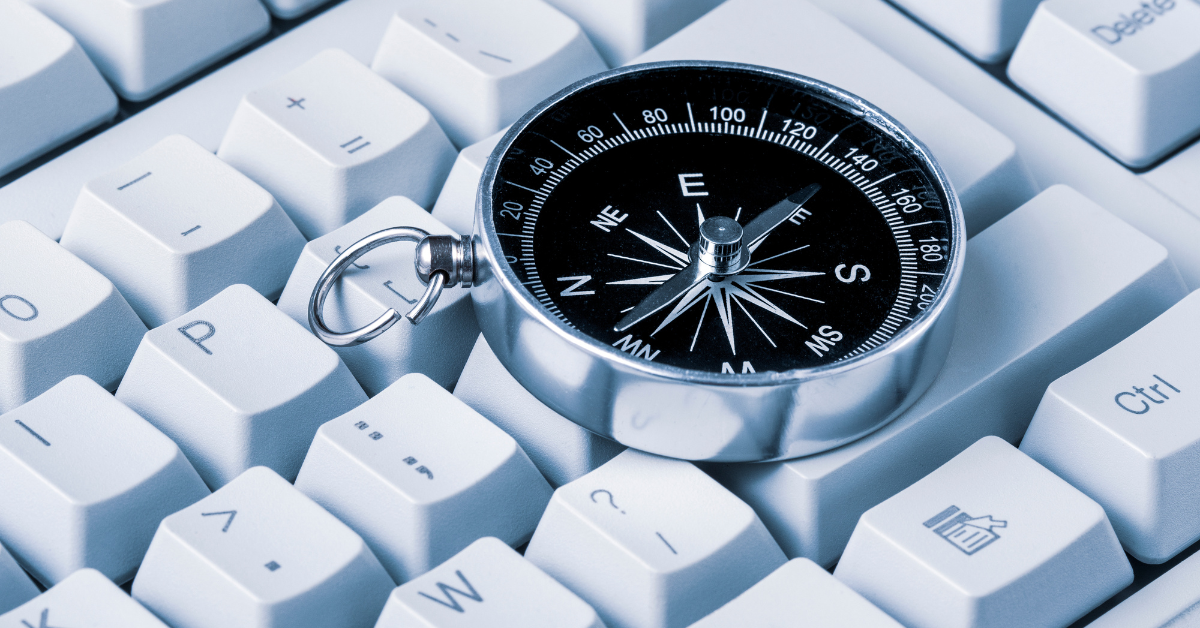Introduction: Stepping into the World of Forex
Welcome to the thrilling realm of Forex trading, a global marketplace where currencies are traded around the clock. For beginners, the Foreign Exchange (Forex) market can seem like a complex web of opportunities intertwined with challenges. Understanding exchange rates is foundational to navigating this dynamic environment successfully. This guide aims to demystify the concepts of Forex trading and exchange rates, offering you a solid starting point on your journey.
Understanding Forex Trading
Forex trading involves buying and selling currencies with the aim of making a profit from the changes in their exchange rates. Unlike other financial markets, Forex is decentralized and operates 24 hours a day, five days a week, making it the largest and most liquid market in the world. Key terms to familiarize yourself with include currency pairs, bid price, ask price, spread, and leverage.
The Role of Exchange Rates
Exchange rates play a pivotal role in Forex trading. They determine how much of one currency you can exchange for another and fluctuate due to various factors, including economic indicators, market sentiment, and geopolitical events. Traders must keep a keen eye on these rates to make informed decisions.
Currency Pairs Explained
Currencies are traded in pairs, such as EUR/USD or USD/JPY. The first currency listed (EUR in EUR/USD) is the base currency, while the second (USD in EUR/USD) is the quote currency. The exchange rate tells you how much of the quoted currency is needed to purchase one unit of the base currency.
Analyzing the Market
Successful Forex trading hinges on effective market analysis. This includes fundamental analysis, which looks at economic indicators and news events affecting a country’s currency, and technical analysis, which relies on historical price data and chart patterns to predict future movements.
Economic Indicators to Watch
Keep an eye on economic reports, such as GDP growth rates, employment data, and inflation rates, as they can significantly affect exchange rates. Central bank announcements and interest rate decisions are also crucial.
The Importance of Technical Analysis
Technical analysis involves studying price charts and using indicators to identify trends and potential entry and exit points. Tools like moving averages, support and resistance levels, and Fibonacci retracement can be invaluable.
Risk Management in Forex Trading
One of the keys to success in Forex trading is effective risk management. This includes setting stop-loss orders to minimize potential losses and understanding the implications of leverage, which can amplify both gains and losses.
Developing a Trading Plan
A well-thought-out trading plan is essential. It should outline your investment goals, risk tolerance, trading strategies, and criteria for entering and exiting trades. Discipline and consistency in following your plan can greatly increase your chances of success.
Conclusion: Embarking on Your Forex Journey
As you embark on your Forex trading journey, remember that education and practice are your best allies. Start by trading on a demo account to familiarize yourself with market dynamics and test your trading strategies without any risk. Stay informed about market trends and economic events, and never stop learning. With patience, discipline, and a strategic approach, you can navigate the world of Forex and work towards achieving your trading objectives.
#ForexTrading #ExchangeRates #ForexForBeginners #CurrencyTrading #MarketAnalysis #RiskManagement #TradingStrategies #EconomicIndicators #TechnicalAnalysis #InvestmentTips #FinancialMarkets #ForexMarket #TradingEducation #CurrencyPairs #LeverageForex #ForexAnalysis #ForexTips #GlobalMarkets #FinancialFreedom #TradingPlan



